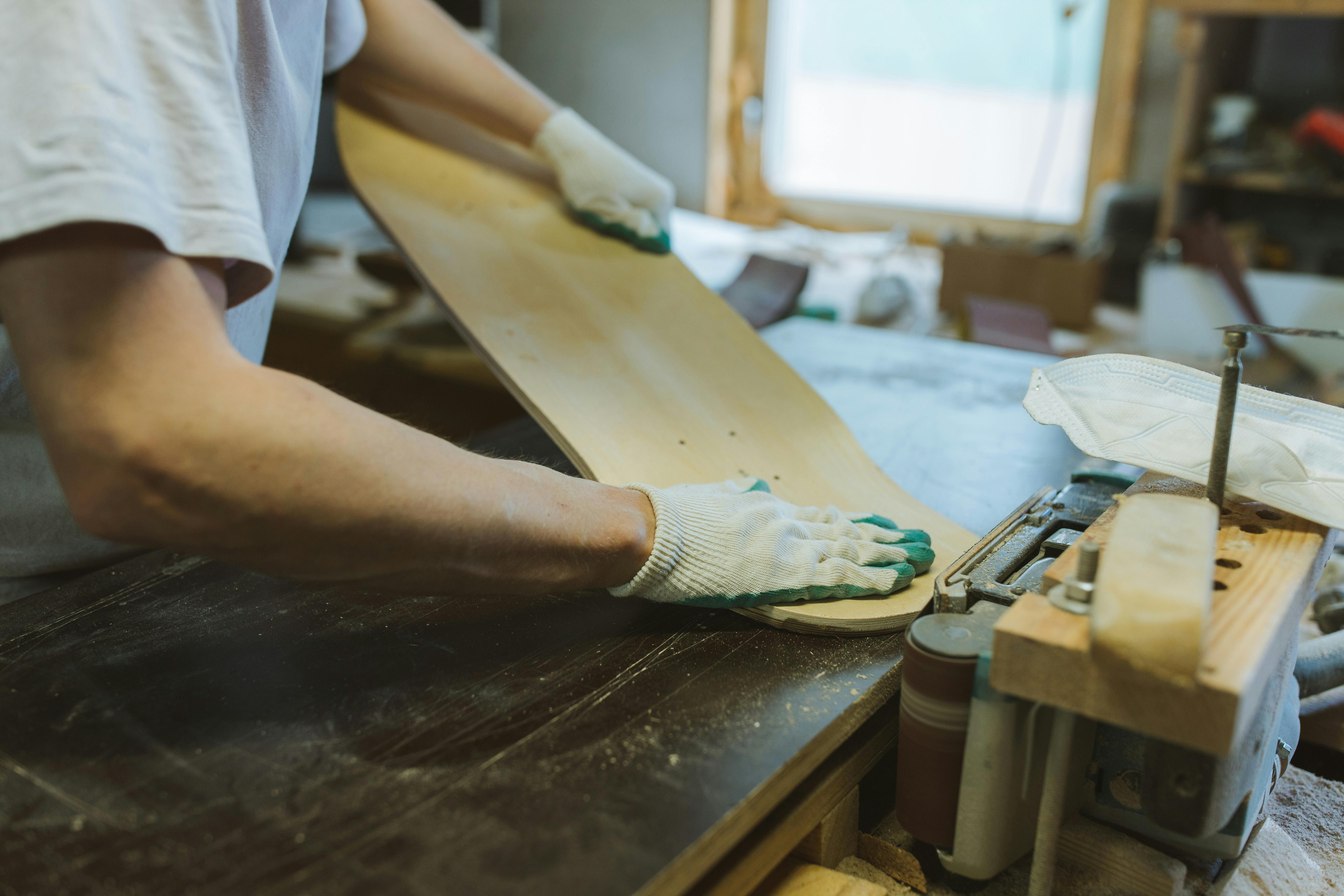Every business these days can benefit from having a well-designed logo to visually represent their brand in the marketplace. A great logo design can help shape positive first impressions of a company. It also gives customers something to associate with your services as they get to know your company better and experience the quality you offer.
In this article, we take a look at catering logos and some of the points that caterers need to consider when ordering a custom design.
Common Images in Catering Company Logos
Logos can be just text, or they can incorporate text with some type of image, symbol, or graphic. To find out what kind of images other caterers have used in their logos, you can do a Google image search for ‘catering logos’ and see a variety of industry examples.
The name of your catering business could open up some interesting opportunities for design ideas, or alternatively, it could limit your options.
One school of thought is to use images that people easily associate with the business at hand. For caterers, this would mean using images of food, cutlery, serving trays, or wait staff, to name just a few common options. Wine glasses, candle holders, chef hats, herbs, and other common ingredients have also been popular in catering logos. Caterers that focus on specific niches, such as ‘wedding catering’, might also consider images that match well with the type of people or events they cater to.
However, on the other hand, these types of images can be a bit ‘stale’ and may not allow your logo to really stand out from the competition. An image that is less obvious could be more effective in helping your caterer stand out.
You should also avoid a logo that will limit your future growth if you think your business may become something quite different at a later date.
Sometimes a logo that is a bit more abstract can be more flexible and effective. Try to think of a few words that describe your caterer, such as “quality”, “fun”, “fresh”, “organic” or “reliable”. Then you could think of some images that reflect one or more of these themes.
color choice
The choice of color is important as the use of certain colors can convey certain emotions. A good designer will limit the use of color to a variety of just two or three. Colors like navy blue and black look good in a catering logo and stand out clearly against a white background. Depending on your niche, you may also want to check out some more colorful design concepts.
font style
Font style can have a huge impact on the overall appearance of a logo and you should think about your niche and potential customers before making a decision. You can opt for a script that resembles fine handwriting and promotes the image of quality and elegance. Something a little more decorative and fun can also work well with the right crowd.
Communicate with your designer
To get a custom logo design for your catering company, you will need to fill out a design brief for the designers who will do your logo. Give them as much information as possible about the type of events you cater, the style of cuisine you prepare, and anything else that makes your service unique.
Give your designer an idea of what you’re looking for by referring to other logos in the food and hospitality industry. Let them know who your direct competitors are so they don’t come up with designs that look too similar to your competition’s.
A variety of uses
Give some thought to the wide variety of places you’ll need to print and display your logo. These demands could influence the choice of design, shape or color. You’ll certainly want your logo displayed on your website, on business cards, and perhaps on your signage and vehicles. You may also want your logo on your menus and service staff uniforms.
Over the years, a great deal of goodwill and trust will accumulate in a caterer’s logo. Having to change a logo at a later date is an expensive undertaking and can lead to customer confusion. For these reasons, it is crucial that you spend time getting the logo right for your catering business the first time. Consider this task a high priority when it comes to budgeting your marketing costs.
